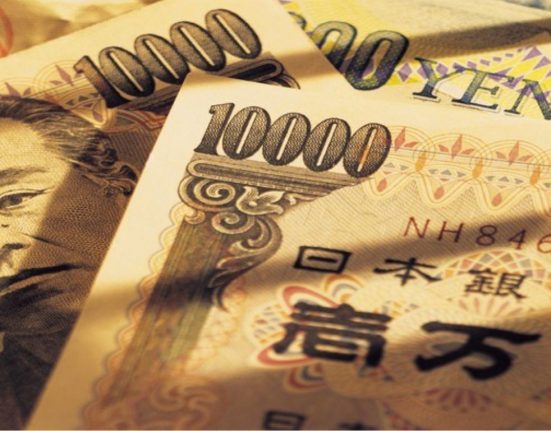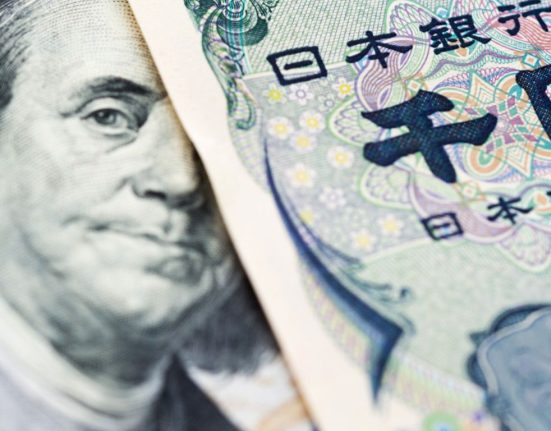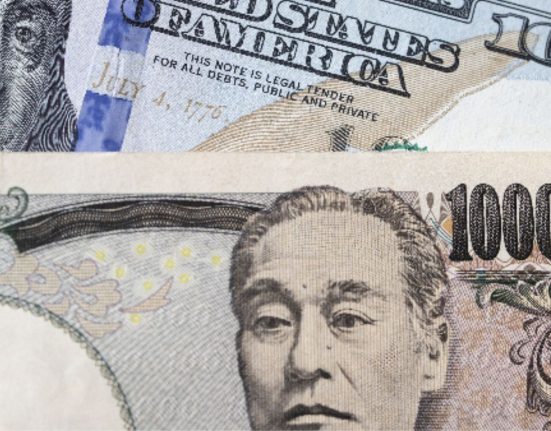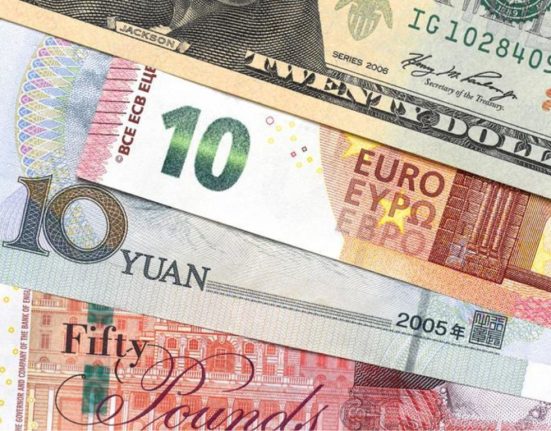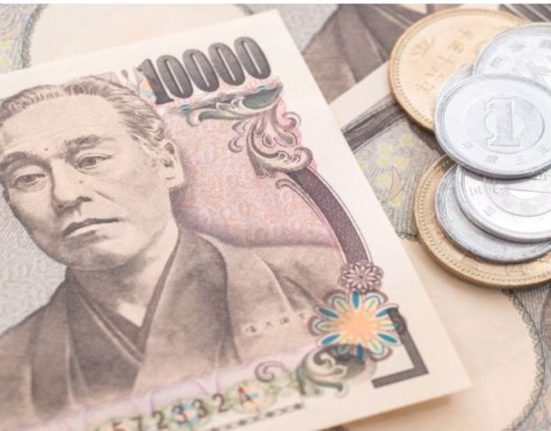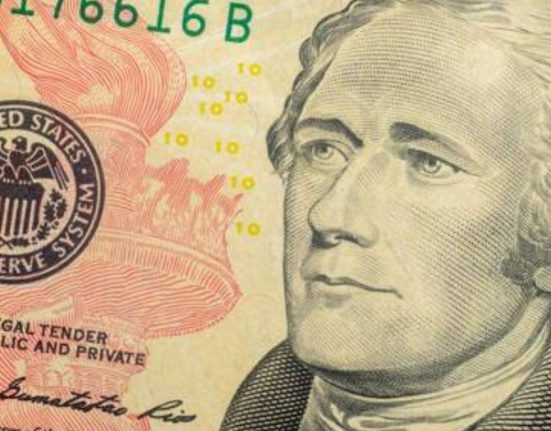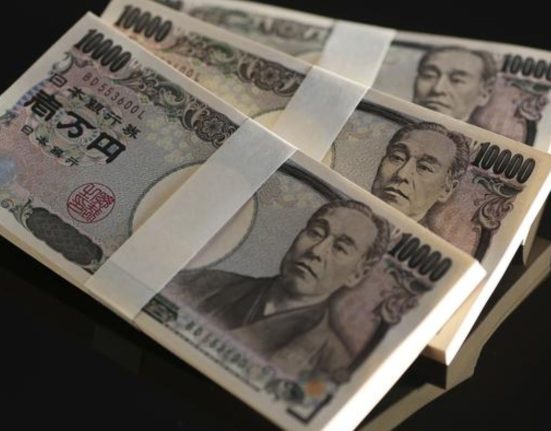The USD/JPY pair is one of the most traded currency pairs in the world, as it reflects the exchange rate between the US dollar and the Japanese yen. The pair is influenced by various factors, such as interest rate differentials, economic data, geopolitical events, and market sentiment. In this article, we will look at how the USD/JPY pair bounced back from a one-week low of 133.75 on Thursday and gained some momentum on Friday.
What Caused the USD/JPY Pair to Drop to a One-Week Low?
The USD/JPY pair started the week on a positive note, as it rose above 135 on Monday, supported by upbeat US economic data and optimism about the US fiscal stimulus package. However, the pair reversed its direction on Tuesday and Wednesday, as the US dollar weakened across the board amid rising inflation expectations and dovish comments from Federal Reserve officials.
On Thursday, the USD/JPY pair extended its decline and touched a one-week low of 133.75, as the Japanese yen strengthened on safe-haven demand. The yen was boosted by several factors, such as:
– The Bank of Japan’s decision to keep its monetary policy unchanged and maintain its yield curve control target at around 0% for the 10-year government bond.
– The better-than-expected Japanese GDP data for the fourth quarter of 2022, which showed that the economy grew by 3% on an annualized basis, beating the market consensus of 2.3%.
– The rising tensions between China and Taiwan, which increased the geopolitical risks in the region and prompted investors to seek refuge in the yen.
How Did the USD/JPY Pair Recover from Its One-Week Low?
The USD/JPY pair found some support at the 133.75 level and bounced back on Friday, as it climbed above 134.70, up over 0.20% for the day. The pair was lifted by several factors, such as:
– The rebound in the US dollar index, which recovered from a two-month low of 89.68 on Thursday and rose above 90 on Friday, driven by a correction in the US Treasury yields and a positive outlook for the US economy.
– The upbeat US retail sales data for April, which showed that consumer spending surged by 9.8% month-over-month, beating the market expectation of 5.8% and marking the biggest increase since May 2020.
– The easing of the safe-haven demand for the yen, as the market sentiment improved amid hopes for a global economic recovery and a de-escalation of the China-Taiwan conflict.
What Is the Outlook for the USD/JPY Pair?
The USD/JPY pair is likely to remain volatile in the near term, as it faces several uncertainties and challenges, such as:
– The divergence in the monetary policies of the Fed and the BOJ, as the former is expected to start tapering its asset purchases later this year, while the latter is likely to maintain its ultra-loose stance for a prolonged period.
– The impact of the coronavirus pandemic on both economies, as the US is accelerating its vaccination program and reopening its activities, while Japan is struggling with a surge in infections and extending its state of emergency.
– The geopolitical risks in Asia, as China continues to assert its territorial claims over Taiwan and other disputed areas, while Japan and other allies try to counter its influence and defend their interests.
The USD/JPY pair may find some resistance at the 135 level, which coincides with a descending trendline that has been capping its upside since March. A break above this level could open the door for further gains towards 136 and 137.
On the other hand, the USD/JPY pair may find some support at the 133.50 level, which corresponds to a horizontal support line that has been holding its downside since February. A break below this level could trigger a deeper correction towards 132 and 131.

